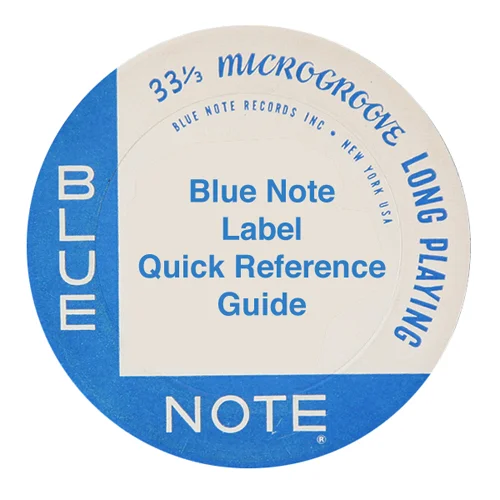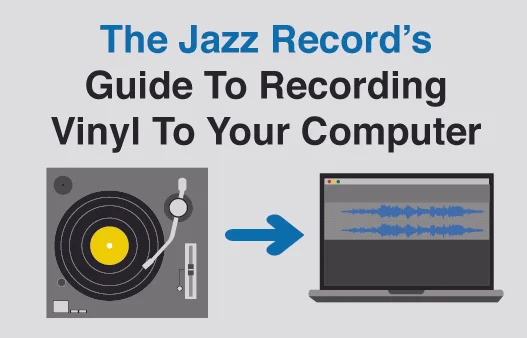Get Your Groove On: Milt Jackson (with the Ray Brown Big Band) - "Memphis Jackson"
/Milt Jackson with the Ray Brown Big Band • Memphis Jackson • 1970 • Impulse! Records
Recorded October 9th & 10th at Annex Studios, Los Angeles
The Selections:
The Tracks:
A1. Uh-Huh
A2. One Mint Julep (one way)
A3. Memphis Junction
A4. Queen Mother Stomp
B1. Braddock Breakdown
B2. A Sound For Sore Ears
B3. Enchanted Lady
B4. One Mint Julep (the other way)
B5. Picking Up The Vibrations
The Players:
On A1, A2, A3 & B4:
Milt Jackson - Vibes
Ray Brown - Bass, Conductor
Harry "Sweets" Edison - Trumpet & Flugelhorn
John Audino - Trumpet
Buddy Childers - Trumpet
Randy Aldcroft - Trombone
John T. Johnson - Tuba
Ernie Watts - Alto Sax
Harold Land - Tenor Sax
Jim Horn - Baritone Sax
Mike Melvoin - Piano & Electric Piano
Fred Robinson - Guitar
Wilton Felder - Fender Bass
Earl Palmer - Drums
On B1, B2 & B5:
Milt Jackson - Vibes
Ray Brown - Bass, Conductor
Harry "Sweets" Edison - Trumpet & Flugelhorn
Ollie Mitchel - Trumpet
Bud Brisbois - Trumpet
Jimmy Cleveland - Trombone
Kenny Shroyer - Bass Trombone
Jim Horn - Alto Sax & Flute
Teddy Edwards - Tenor Sax
John Lowe - Baritone Sax
Mike Melvoin - Piano & Electric Piano
Red Robinson - Guitar
Wilton Felder - Fender Bass
Carl "Chubby" O'Brien - Drums
On A4, A5 & B3:
Milt Jackson - Vibes
Ray Brown - Bass, Conductor
Al Aarons - Trumpet
Teddy Edwards - Tenor Sax
Joe Sample - Electric Piano
Howard Roberts - Guitar
Fred Robinson - Guitar
Wilton Felder - Fender Bass
Paul Humphries - Drums
The Record:
MIlt Jackson at the 1967 Newport Jazz Festival (Photo by David Redfern)
Last year I wrote about That's The Way It Is, the 1969 album by Milt Jackson that would be the first of three LPs he would release on Impulse! at the end of the 1960s, all of which featured his longtime friend and musical partner Ray Brown. Memphis Jackson would be the third of these collaborations, and the only studio outing (the others were recorded live), this time featuring a talented big band led by Brown. The live albums were the result of a yearly meeting of Jackson and Brown for a set of gigs at the legendary Shelly's Manne-Hole jazz club, a run of performances much anticipated by the local jazz community, so it wouldn't have been hard for them to rally up the musicians that made up the Ray Brown Big Band for a couple day's work.
While the two live albums Jackson released on Impulse! were very much a throwback to the earlier swinging days of jazz, Memphis Jackson found the two men in a more contemporary mood, exploring a funkier soul jazz sound. As opposed to the electric jazz-funk that would soon take over a certain segment of the jazz community as the 1970s came along, Memphis Jackson still has an organic feel to it, a sort of mash-up of old time big band with the emerging plugged-in jazz that would soon be prominent on labels like CTI. The quality of the band on the record certainly helped things along, it was made up of some familiar names that denotes the talent involved: Teddy Edwards (who played with Jackson and Brown at the Manne-Hole in 1969), Harry "Sweets" Edison, Wilton Felder, Jimmy Cleveland, Joe Sample, Howard Roberts and - one of my all-time favorite tenor players - the great Harold Land. The rest of the group was filled out by Los Angeles sessions players, all who perform admirably behind Jackson and Brown's extended solos, as well as throwing in some solos of their own as well.
For a couple of pioneering jazz cats who came up in the 1940s and '50s, Memphis Jackson has a surprisingly modern sound to it; many of the tunes have that funky film soundtrack feel to them, a sound that would soon become immensely popular with the rise of blaxploitation films in the early 1970s. In fact, a few of the tracks on Memphis Jackson would not be out of place in some of those classic movies. Quite a few hip-hop producers also got hip to the vibe on Memphis Jackson, in particular the smooth and funky "Enchanted Lady," which was sampled on a couple of classic songs (Pete Rock & C.L. Smooth's "Carmel City" and De La Soul's "Dinninit") from hip-hop's early golden age. To this day the track remains a staple of rare groove connoisseurs (of which I am one), all the more so because the album is tough to track down on CD, making it a special gem for vinyl collectors of jazz and hip-hop alike.
The Vinyl:
The Details: An original 1970 pressing on the last of the collectible variations of the Impulse! label. This copy can be dated as an original due to the "A Product of ABC Records, Inc. New York, N.Y. 10019 • Made in USA" text along the bottom (it would take on a few different variations through 1974 when it was briefly replaced by the "black neon" label and then the "green bullseye" version). At this point the vinyl still has some weight to it, although not nearly as thick as only a few years before. The record is housed in a gatefold cover with a series of photos from the sessions, but is a bit light on informative liner notes, written by one Jack Tracy, who was not only a jazz A&R man and producer, but also was the editor of Down Beat magazine from 1953 to 1958, so I suppose I was expecting a bit more.
The Price: I paid $16 at a local shop, a fair price for an original late-period Impulse! in VG+ condition, one that was not re-pressed at all and was only released on CD in Japan.
The Sound: These late-period Impulse! pressings still have great vintage vinyl analog sound to them, certainly an important feature when dealing with a big band session of this size. The production is well done, with a nice separation of Jackson, Brown and their cohorts ripping off exciting solos well out front of the big band. You may not feel like you are sitting in the studio with them, but you can definitely get the feel for what each musician is going for during each of the tunes.
Final Thoughts:
Milt Jackson's career in jazz never ceases to amaze me; his early bop work morphing into his legendary time with The Modern Jazz Quartet right up through his later years on the Pablo label. In between all of these periods there are so many hidden gems, either with Jackson as co-headliner, sideman or - as with Memphis Jackson - nice little forays he led into new avenues that jazz might be exploring at the time. Jackson was never afraid to change with the times, but he also had no issues with looking backwards when it might not be fashionable, and through it all he was distinctly Bags, playing with that recognizably ringing tone and style that always marked a session he was on worthy of many repeated spins on the turntable.












